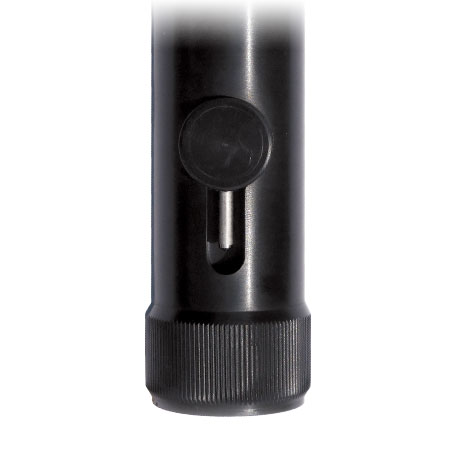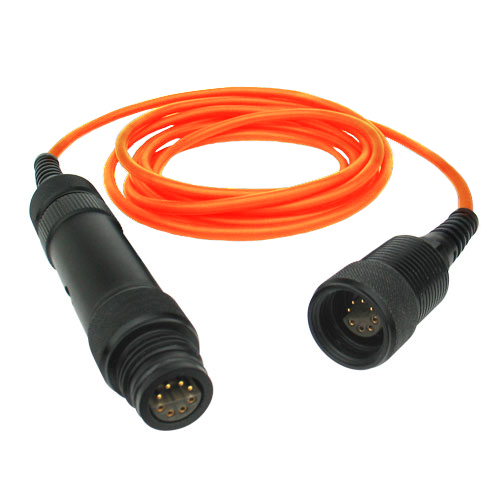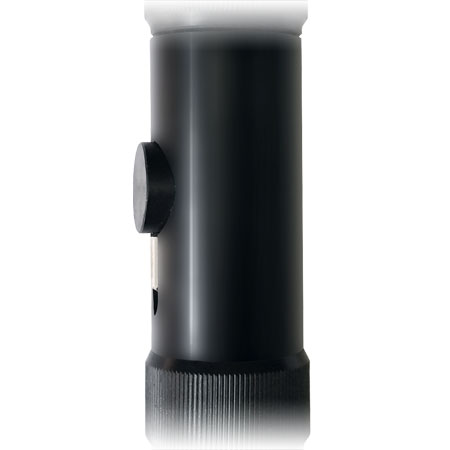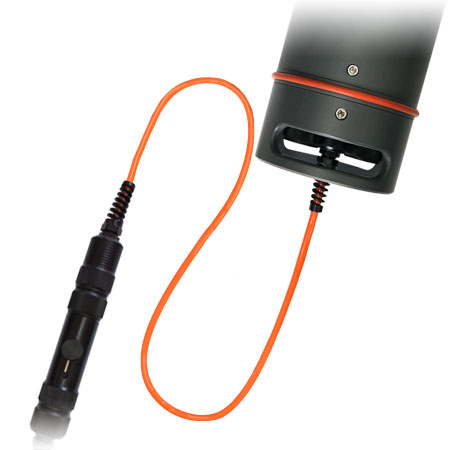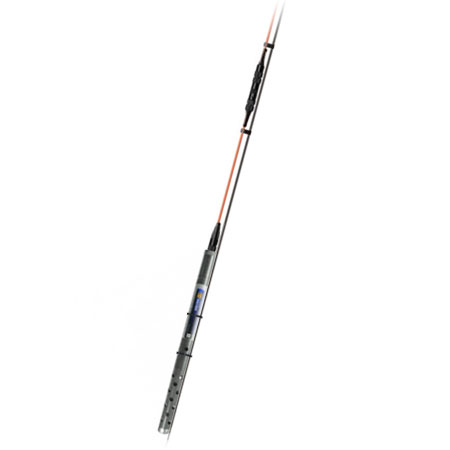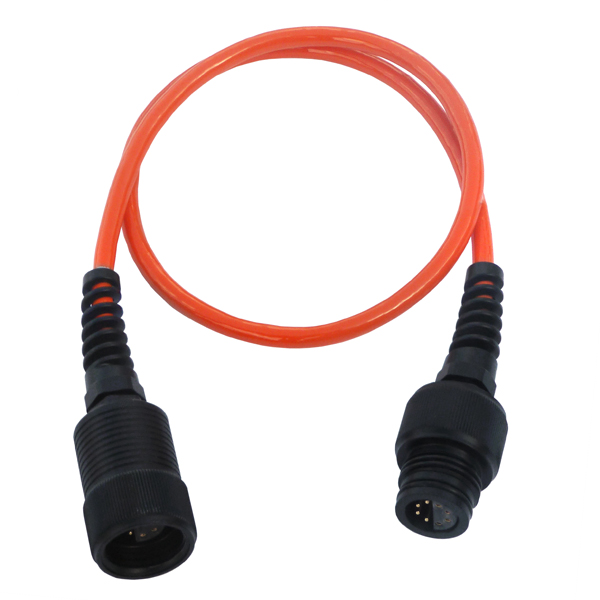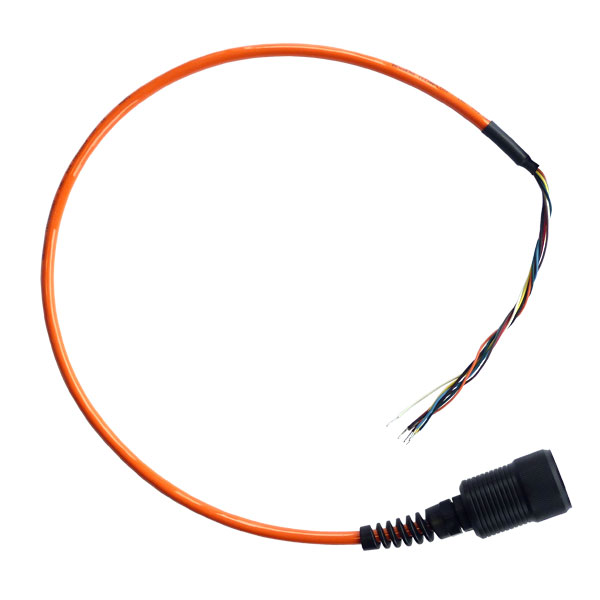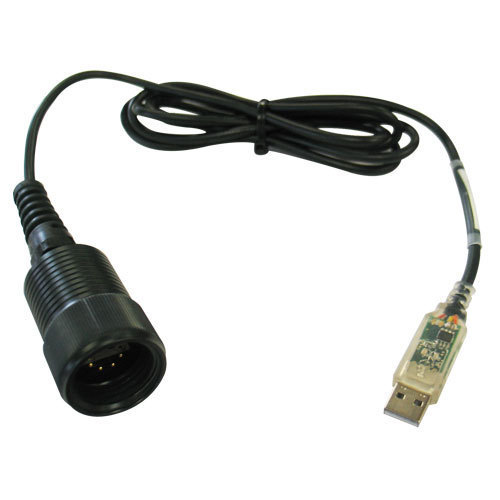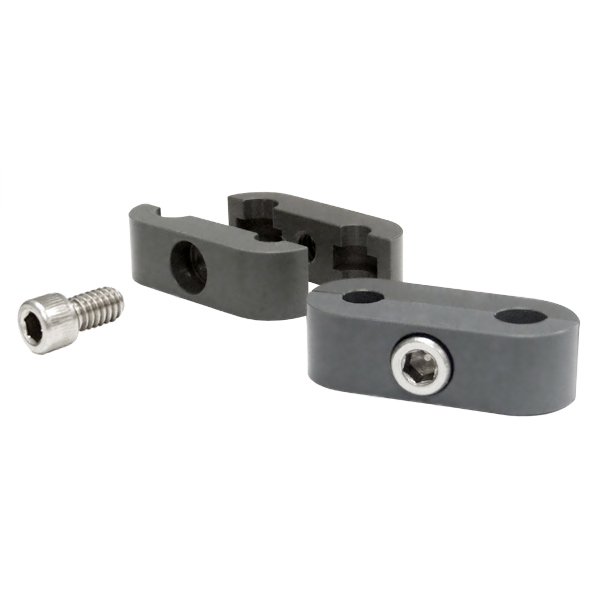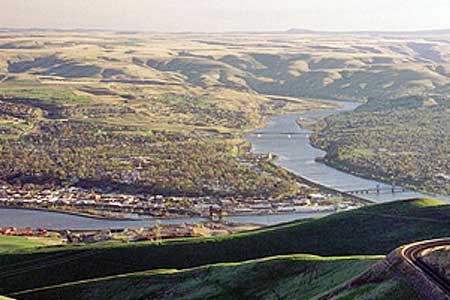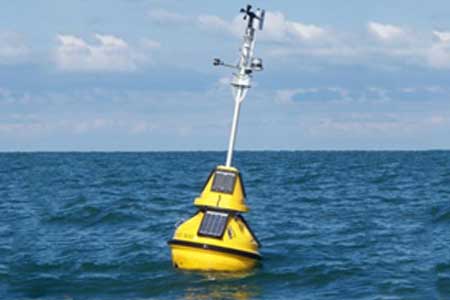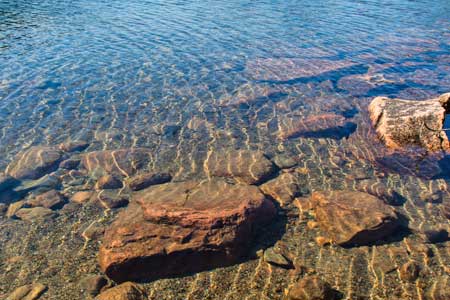T-Node FR Temperature Sensor
The NexSens T-Node FR Temperature Sensor provides high precision measurements in a connectorized and addressable architecture for water quality profiling.
Features
Tech Specs
- Sensor: Thermistor
- Range: 0 to 45 C (32 to 113 F)
- Accuracy: +/-0.075 C
- Resolution: 0.01 C
- T90 Response Time: 60 seconds
- Refresh Rate: 2 seconds
- Maximum Sensors: 250
- Maximum Length: 1219m (4000 ft.)
- Maximum Depth: 200m (656 ft.)
- Communications: RS-485 Modbus RTU
- Power Requirement: 4-28 VDC
- Current Draw Per Node: 1.3mA active; 0.35mA sleep; 0.05mA deep sleep
- Connection Seal: Double o-ring, gland and face seal
- Connector: 8 pin, sensorBUS
- Dimensions: 13.46cm L x 3.56cm Dia. (5.3" L x 1.4" Dia.)
Q&A
Accessories
Case Studies
Washington Reservoir Temperature Changes
There are many major rivers flowing through the Pacific Northwest. Like others around the country, they are outfitted with various dams and reservoirs that are used to control their movements, provide energy and maintain drinking water supplies for those living around them. The U.S. Army Corps of Engineers (USACE) plays a big hand in managing and maintaining the structures that corral these rivers. Of significance for engineers with the USACE’s […]
Read More →Eastern Lake Erie Dynamics
Lake Erie’s western basin has received a lot of attention in recent years, as it has hosted large and toxic algal blooms that seem to come every summer. But there are still plenty of valuable environmental data to be gleaned from studying in the lake’s deeper and less algae-prone eastern basin. Researchers at Buffalo State University know the value of monitoring in this basin firsthand, as they have maintained a […]
Read More →Jordan Pond Clarity Tracking
Jordan Pond is one of the most transparent lakes in Maine, but the water body has seen cloudier waters in recent years. Declines in clarity began back in the 1990s and the drops appeared to accelerate, with monitoring by the National Park Service charting a 2-meter drop in Secchi disk readings there from 1999 to 2014. Several hypotheses were put forth for the lake’s loss in clarity. Scientists suspected that […]
Read More →

